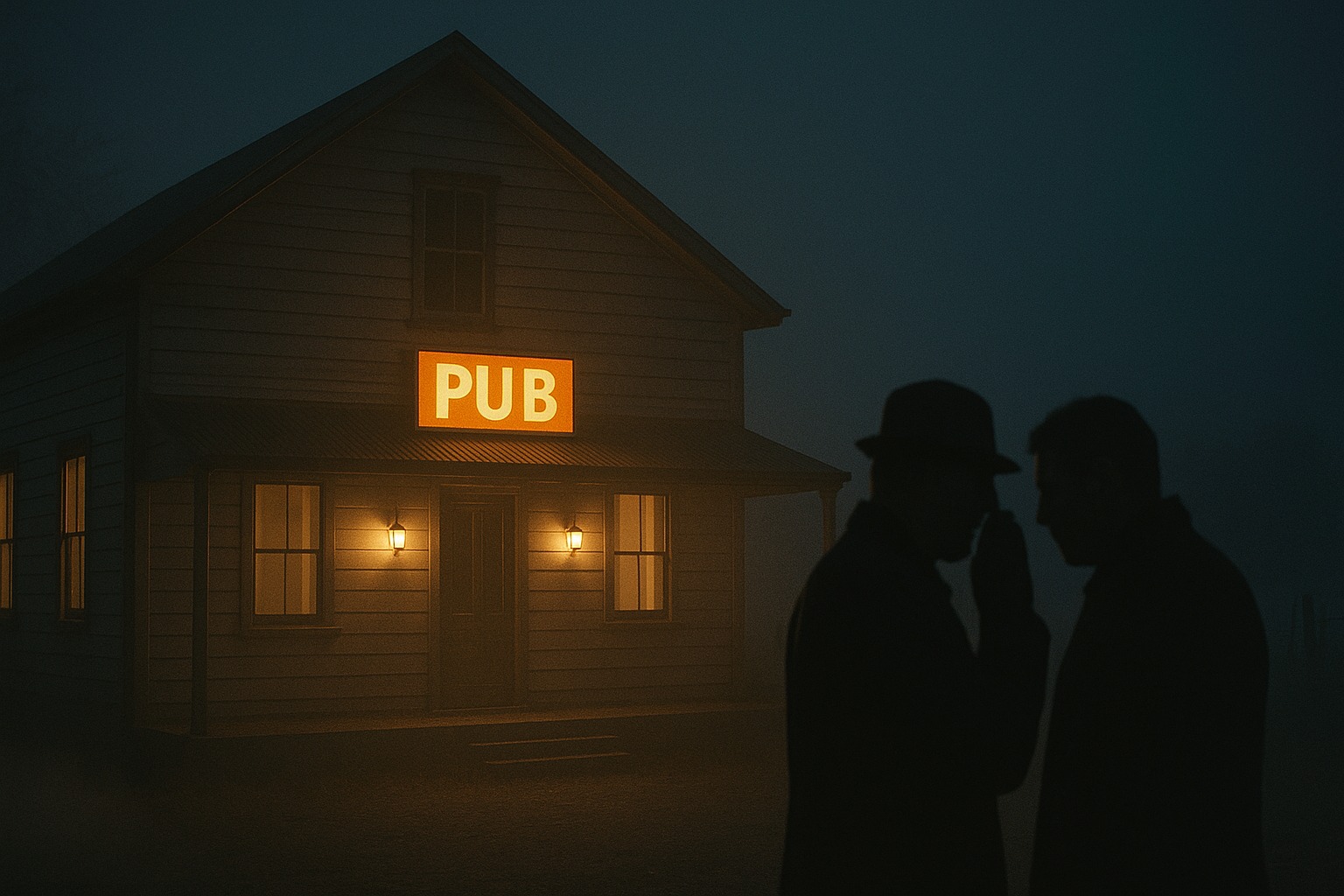On a quiet country road, far from government buildings or military bases, stands an unassuming rural pub. To anyone passing through, it looks like just another small‑town watering hole — faded sign, creaking floorboards, a few locals at the bar. But behind those walls, according to those who were there, something extraordinary once happened.
The night the pub became a meeting room
It was the early 1980s. New Zealand was in the thick of Cold War politics, navigating its stance on nuclear ships, defence alliances, and intelligence sharing. In most people’s minds, that sort of high‑stakes conversation happened in Wellington boardrooms or overseas embassies.
But on one winter night, a handful of men in plain clothes took over the back room of this country pub. Locals still remember the sight: government‑issue sedans parked out front, strangers in suits ordering drinks but saying little.
“They weren’t from around here, that much was obvious,” says one long‑time resident. “And they didn’t come for the beer.”
Why here, of all places?
That’s the part no one has ever fully explained. Some believe it was chosen for its isolation — a place where two parties could meet without attracting the attention a city venue might draw. Others suspect one of the pub’s regulars had connections to both sides of the discussion, making it a neutral, trusted location.
Whatever the reason, the idea that a major Cold War conversation took place within earshot of the dartboard and jukebox has become a point of quiet fascination in the district.
What was discussed?
Officially, nothing. No public record exists of any meeting, and those who might have known the details have kept them to themselves. But whispers suggest the gathering involved discussions about New Zealand’s nuclear‑free policy and the reaction of allied nations.
One rumour claims the meeting was a stepping stone to later diplomatic decisions. Another insists it was nothing more than an informal catch‑up between officials and visiting intelligence staff.
“People here don’t like to embellish,” says a former barmaid. “But they also don’t forget. The night happened. What they talked about — that’s the mystery.”
The pub today
The building is still standing, its back room now used for quiz nights and birthday parties. A few of the original wooden tables remain, and locals say they can point to the very one where the men sat that night. Tourists pass through without realising they might be walking over the floorboards where global politics once played out.
Interestingly, the owners have never put up a plaque or mentioned the meeting in any official capacity. In a way, the absence of tourist hype keeps the story alive in its purest form — passed from neighbour to neighbour, generation to generation.
Then vs. now
| Feature | 1980s Cold War night | Today |
|---|---|---|
| Occupants | Plain‑clothed officials, local staff | Farmers, travellers, regulars |
| Back room use | Private, closed to public | Open for community events |
| Public awareness | Limited to locals present | Known only through oral history |
| Décor | Heavy curtains, low light | Brightly lit, modern tables |
Why it matters
On the surface, it’s just a story about a pub and a meeting. But for the community, it’s a reminder that history isn’t always made in obvious places. Sometimes, the most consequential conversations happen far from the spotlight, in rooms where the only witnesses are a bartender and the hum of a beer fridge.
“It was just another night in the bar — until it wasn’t,” one patron says. “We’ll probably never know exactly what was said. And maybe that’s the point.”
